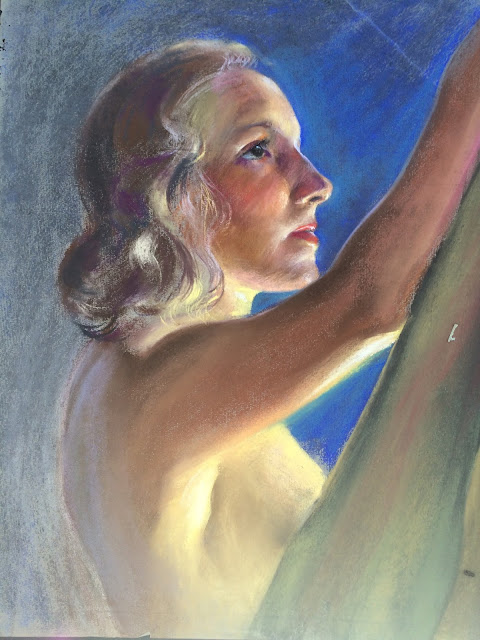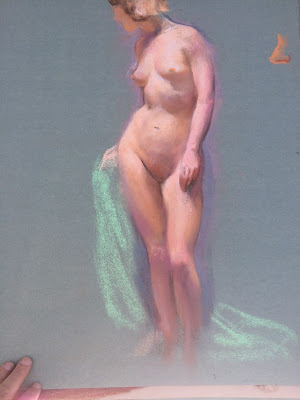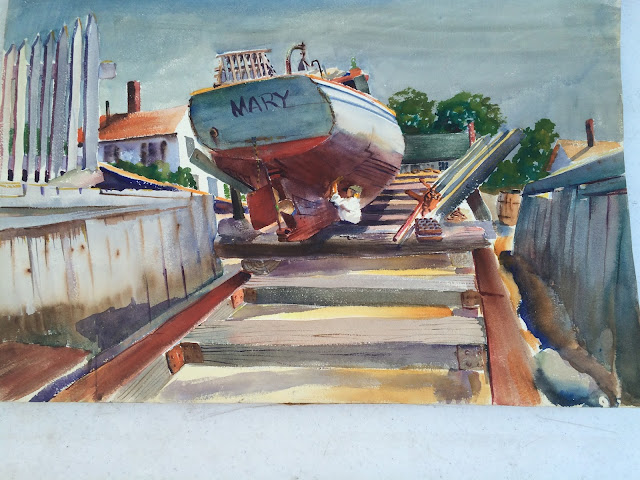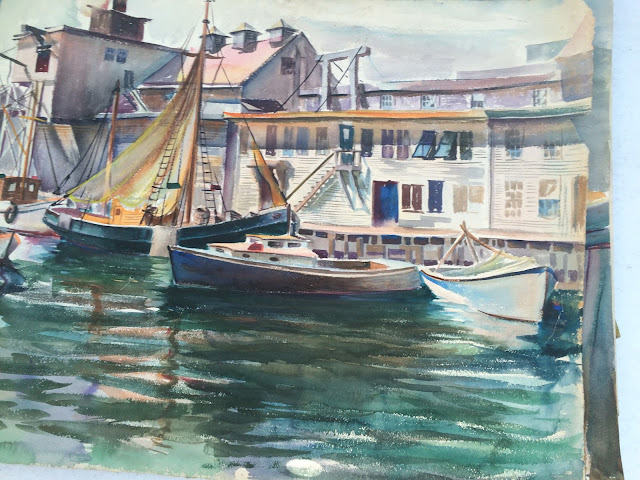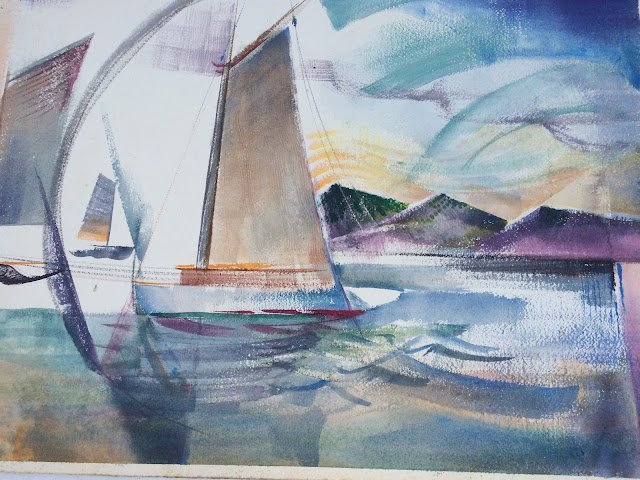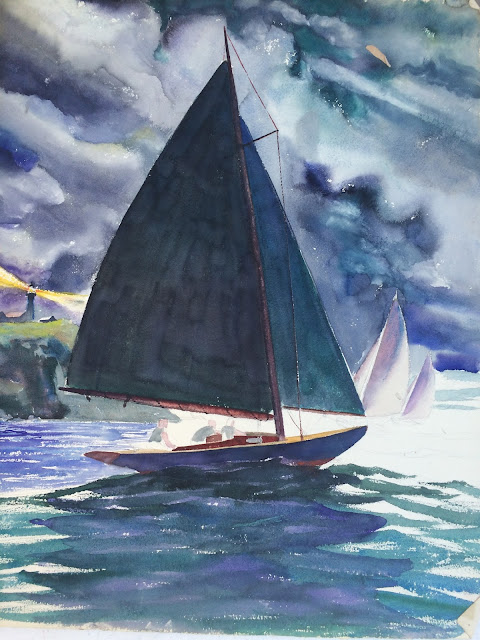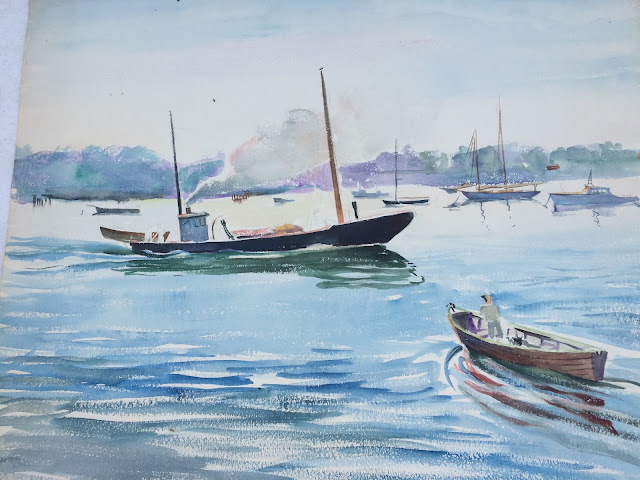The
biographies of Francis Quirk list him as having had a Tiffany Foundation
Fellowship, but we wondered ‘what did this mean exactly?’ As we looked into it
we were more and more impressed with this accomplishment.
After some hunting, we learned that some of
the Foundation’s papers were at the Archives of American Art near the National Portrait
Gallery in Washington. When we visited the facility a lovely young woman,
Meghan from West Virginia was extremely helpful in providing the microfilm and
teaching how to use the machine. Even with her expert guidance, the process of
scrolling through the microfilm was headache inducing, but ultimately well
worth the effort.
 |
| Louis Comfort Tiffany- Creator of the Foundation |
The famous glassmaker and pioneer in decorative arts, Louis Comfort Tiffany established the Tiffany Foundation in 1919. The idea behind it was that
it would help young artisans of talent by giving them the opportunity to hone
their craft at his 80 acre estate Laurelton Hall in Cold Spring Harbor, New
York. In 1932 he would add a gallery at 65 -67 East 56th Street in
New York City to display and sell their works. The combination would hopefully
accelerate their careers.
 |
| Concord Minuteman Statue by Daniel Chester French |
 |
| Abraham Lincoln Sculpture by Daniel Chester French |
The Fellowships
were open only to men older than 20 and younger than 30. These talented
artisans were selected from a pool of hundreds of applicants by a panel of
experts that included luminaries such as Daniel Chester French who sculpted sitting Abe in the Lincoln Memorial and impressionist painter Childe Hassam.
 |
| Rainy Day Boston by Childe Hassam Toledo Museum of Art |
Fellows were admitted in two groups of five who were at Laurelton for a 3 month
periods; either May to July or August through October. They were provided with
meals and had full access to the facilities including the tennis, bowling and
squash court. There were restrictions on what they could paint or sculpt in
that they were to focus on “landscape and decorative composition” as Tiffany
felt they could learn more in this fashion “than by working from the human
figure.”
In scrolling
through the documents there were numerous pages of minutes from Board meetings.
Interestingly, during the intervening century the nature of minutes has not
changed that much. They were strikingly similar to the minutes of companies and
non-profits that I am involved with today. One fascinating aside was the
companies that the foundation was invested in- they included the Atchinson,
Topeka and Santa Fe Railroad and American Tobacco.
But the
minutes contained no references to our man Francis Quirk. But then eventually
we came to pamphlets about the program and they listed the awardees. After
looking through about 10 of the pamphlets- Eureka! There was Francis J. Quirk
on the Fellows list in 1932. He would have been 25 years old and on his way!
Beyond that mention, we found no other references to the Mid-Century Master.
The research
made one thing clear- that Francis Quirk had received a significant honor in
winning the Tiffany Fellowship. The reviewers look at thousands of paintings
from hundreds of candidates each year.
There was
one additional find in the microfilm in a document that was marked “Confidential”
It appears that the Tiffany Foundation was contracted in World War 2 to develop
Camouflage technology. The contract ran from 1942-1948.
